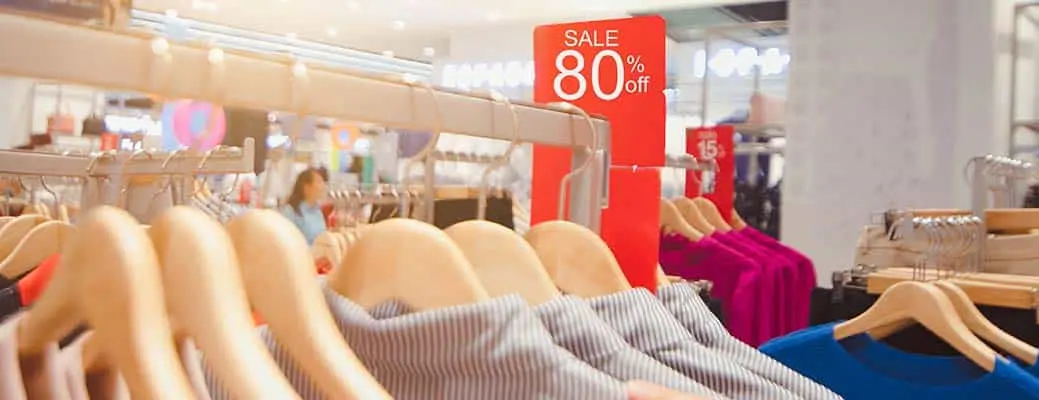How to Avoid Retail Psychology Tricks That Make You Overspend


You probably know this, but it bears repeating anyway: Retailers use sales psychology and marketing tricks to make you buy more, both in their stores and online. The psychology of buying is real and worth knowing about so you can keep from getting sucked into purchase decisions you don’t want to make. This is especially important to consider with the upcoming holiday shopping season. Keep these eight retail psychology tricks in mind as you shop to keep more cash in your pocket.
Grocery stores are laid out strategically to maximize the effects of retail psychology. Fresh foods, like produce, meat and dairy are located on the perimeter, which means you have to walk the whole store to gather the essentials. Save money on groceries by sticking to your list.
Higher-dollar, name brand products are often placed at eye level. Psychology suggests that seeing those products means you’re more likely to buy them. Less expensive, generic brand goods are generally located on inconveniently low or high shelves — the ones you’re not going to see on a quick scan. Be sure to look up and down before you buy.
Your favorite store’s app will often tell you ways that you can save in-store. But the app is also a way for stores to lure you into unnecessary or less-than-ideal purchases. Keep the app installed but turn off push notifications to minimize the temptations this retail psychology trick can bring.
That makeup consultation may come with a price — pressure to purchase the products used. In-store customer service representatives may have the advice you need, but remember their job is ultimately to sell items to you. If you’re planning to make a purchase, read online reviews of the products you’re considering before heading to the store. Or, if you’ve already had the demonstration in-store, politely thank the representative, and do your own research before buying.
Get your first month free. It sounds pretty great, right? Next time you sign up for a meal kit delivery service, a subscription or a streaming service with a free trial period, pump the brakes. Free now could mean $70 next month. If you plan to cancel, set an alarm on your phone as a reminder.
BOGO means “buy one, get one.” For example, if you purchase one for $25, you might get a second for $10. These deals are great in theory — if you need both items. However, don’t be tricked into buying multiples if the numbers don’t add up or the products will sit in your closet or garage unused.
Online retailers often tempt shoppers with free shipping once they hit a certain dollar amount. This retail psychology trick gives you a target amount to spend, and it might come even before you know what you want to buy! Before you add another item to your cart to secure free shipping, ask yourself if it’s something you really need. A deal isn’t a deal if you didn’t want it in the first place.
Next time you choose free shipping to the store, think again. It’s a solid sales psychology trick: when you go to the store to pick up your order, there’s a good chance you’ll spend more money on the trip. Businesses want you to walk around and look at items that you may have missed during your online shopping experience.
Don’t get fooled by retail psychology tricks this holiday season. Have you strayed from your spending plan? Contact your Farm Bureau agent today to help you get back on track to budgeting success.